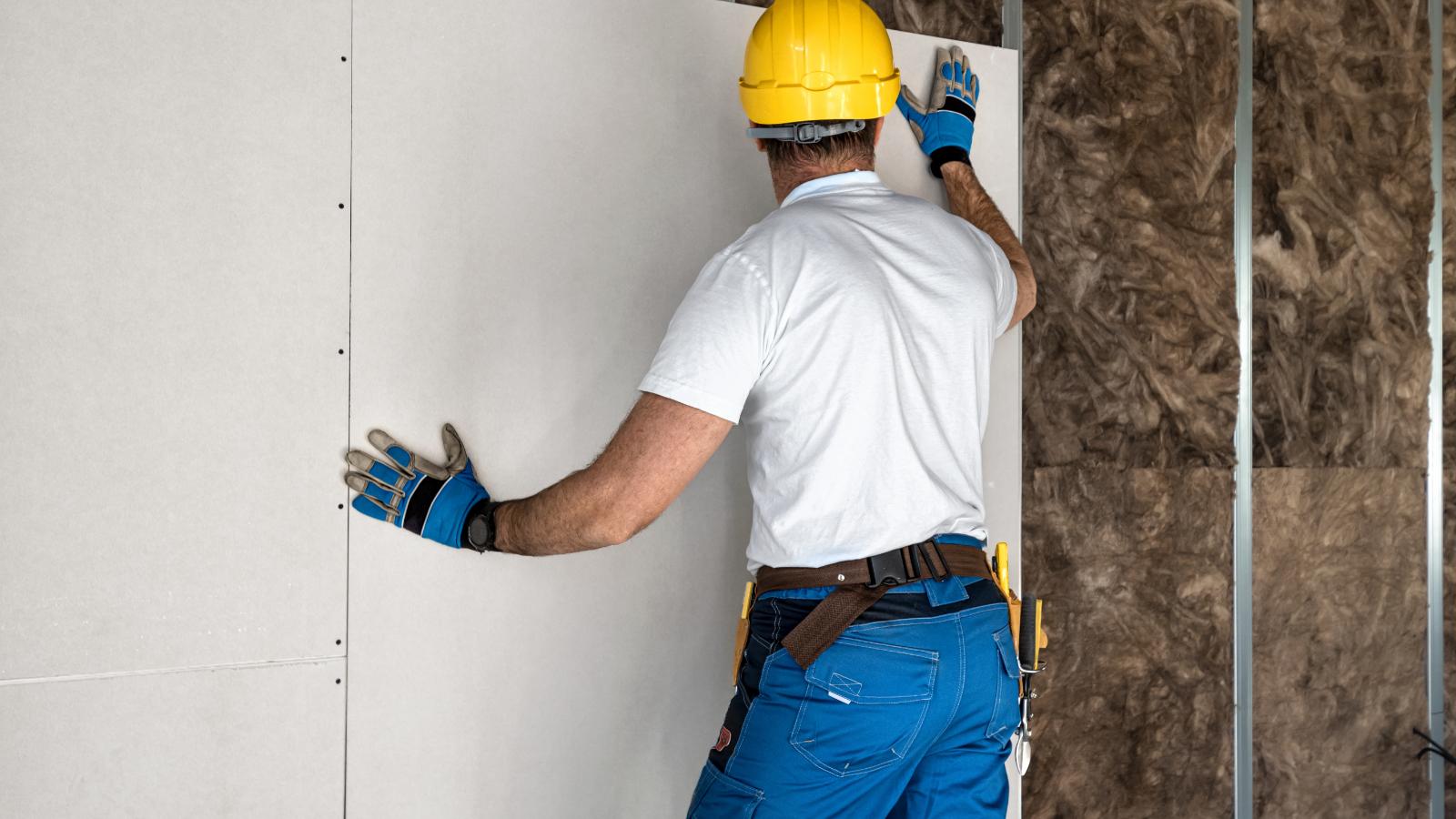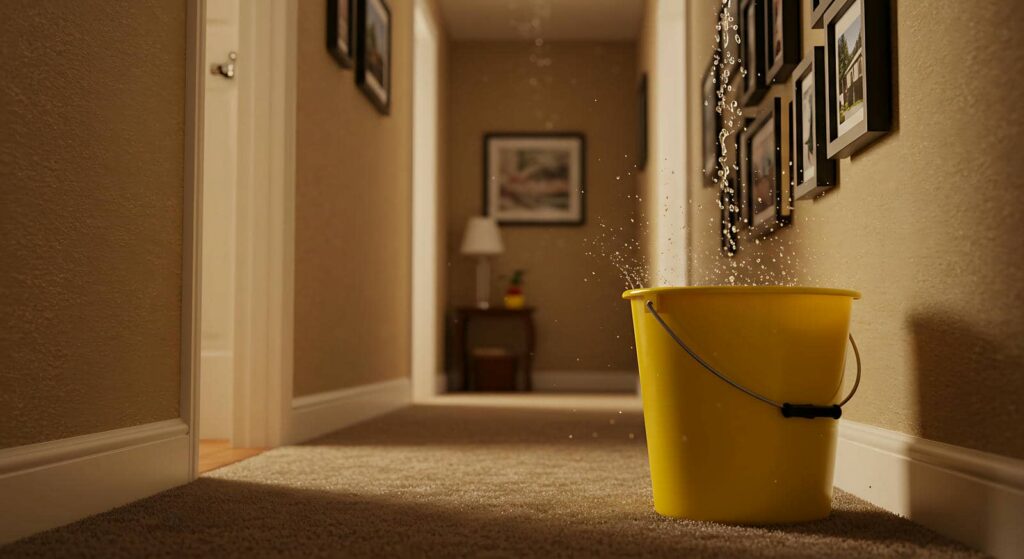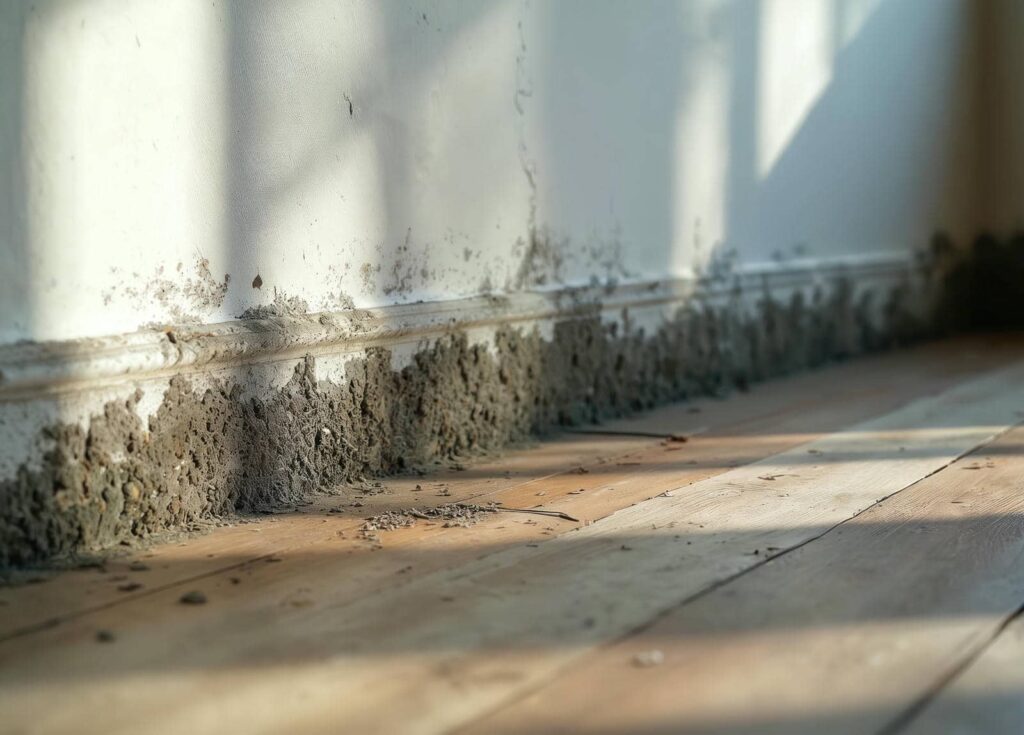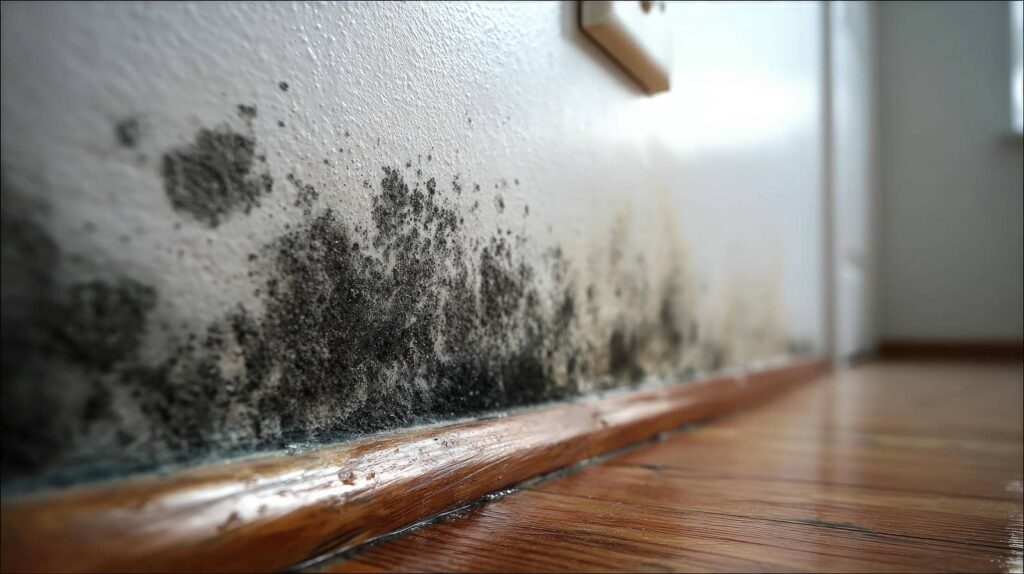Contents
When it comes to drywall mudding, think of it as starting the journey for a sturdy house; each step is essential for a strong structure. From preparing the surface like a blank canvas to meticulously taping joints and applying smooth coats, the process requires patience and precision. But what truly separates an average job from a professional finish lies in the details. As you commence on this adventure of transforming plain drywall into a flawless surface, mastering the art of mudding step-by-step will elevate your craftsmanship to the next level.
Key Takeaways
- Properly prepare the workspace and inspect the drywall surface before mudding.
- Apply tape smoothly, embed it in the compound, and use corner beads for inside corners.
- Apply even the first coat and feather edges, and allow proper drying time between coats.
- Sand with fine-grit sandpaper and feather edges, and use dust control measures.
- Prime, paint, and choose high-quality materials for a professional finish.
Preparation
Before commencing the drywall mudding process, it’s crucial to thoroughly prepare the workspace to secure a successful outcome. To start, gather the necessary tools required for this task. You’ll need a mud pan, joint compound, taping knives (6-inch and 12-inch), a corner tool, sandpaper or a sanding sponge, a ladder, and a utility knife. These tools are vital for achieving smooth and professional results.
Safety precautions are paramount during the preparation phase. Make sure the workspace is well-ventilated to prevent inhalation of dust particles. Wear safety goggles to protect your eyes from any debris that may fall during the process. It’s recommended to use a dust mask to safeguard your respiratory system from inhaling dust. Additionally, wear suitable clothing to cover your skin and avoid direct contact with the joint compound, which may cause irritation.
Clear the workspace of any obstacles and cover the floors with a drop cloth to catch any drips or spills. Remove any protruding nails or screws and inspect the drywall for any damages that require repair before mudding. Take the time to examine the walls for cleanliness and smoothness to ensure a flawless mudding application.
Following these detailed preparation steps will establish a solid foundation for the subsequent drywall mudding process.
Taping the Joints
To achieve smooth joints, make sure the tape is applied smoothly and securely along the seams of the drywall. Begin by embedding the tape in a thin layer of joint compound using a taping knife. Press the tape into the compound and run the knife over it to remove any excess compound and guarantee adhesion.
For inside corners, use metal or paper corner beads to reinforce the joint and create clean edges.
Once the tape is in place, allow it to dry completely before moving on to the next steps. After drying, lightly sand the edges to remove any roughness or ridges, ensuring a flawless finish. Feathering the edges is essential in mudding; it involves blending the joint compound away from the seam’s center to gradually integrate the patch and the wall. This technique helps to avoid noticeable bumps or ridges in the finished product.
Finishing techniques such as feathering require a delicate touch and a keen eye for detail. Take your time to ensure each joint is smooth and seamlessly integrated into the surrounding drywall. Proper taping sets the foundation for a professional-looking mudding job, so pay careful attention to this critical step for a flawless end result.
Applying the First Coat
Prep the surface by ensuring it’s clean and free of debris.
Apply the mud evenly over the joints, using a trowel to spread it smoothly.
This first coat sets the foundation for the rest of the mudding process, so take your time to get it right.
Prep the Surface
Begin by making sure that the drywall surface is clean and free from any dust or debris that could impact the adhesion of the mud. Use a sanding technique to smooth out any rough patches or imperfections on the drywall. If any areas require drywall repair, make sure to address those before moving forward. Inspect the corner beads to verify they’re securely in place and not damaged.
Next, prepare the surface for mudding by applying a coat of primer. The priming process helps the mud adhere better to the drywall and creates a smooth base for the mudding process. Allow the primer to dry completely before proceeding with applying the mud.
Taking the time to properly prep the surface before mudding is essential for achieving a professional finish. By addressing any repairs, ensuring the surface is clean and smooth, and priming the drywall, you set yourself up for success in the mudding process.
Apply the Mud
Ensure a smooth and even application of the first coat of mud by starting at the top of the wall and working your way down, applying consistent pressure with your taping knife. Before you begin, make sure the mud consistency is similar to thick pancake batter for best results. Here are some essential tools you’ll need for this step:
| Tools | Description |
|---|---|
| Taping Knife | Used to apply and smooth mud |
| Mud Pan | Container for holding mud |
To achieve a professional finish, use these techniques and avoid common mistakes:
Techniques:
- Hold the taping knife at a 45-degree angle.
- Apply mud in even strokes, overlapping each pass slightly.
- Feather the edges to blend with the surrounding wall.
Mistakes to Avoid:
- Applying too much pressure causes excess mud to squeeze out.
- Leaving ridges or uneven thickness in the mud.
- Not feathering the edges, resulting in visible seams.
Sanding and Smoothing
Smooth out any imperfections in the dried mud by carefully sanding the surface with fine-grit sandpaper. When it comes to sanding and smoothing your drywall mud, selecting the right tools is essential. Opt for a sanding sponge or sanding pole for larger areas and a sanding block for smaller touch-ups. These tools will help you achieve a smooth finish without creating unnecessary grooves.
As you sand, focus on feathering the edges of the dried mud to blend it seamlessly with the surrounding wall. Use light, even pressure, to avoid removing too much mud and creating low spots. Remember to wear a mask to protect yourself from inhaling dust particles. To control the dust further, consider using a vacuum sander attachment or working near a fan to direct the dust away from the room.
Professional tips for sanding include using a sanding screen for faster results and periodically wiping the sanded area with a damp cloth to check your progress. This will help you identify any remaining imperfections that need to be addressed before moving on to the next step.
Second Coat Application
For the second coat application, make sure that the first layer of drywall mud has fully dried before proceeding. This is essential to avoid any issues with adhesion and cracking in the future. To begin, check the dryness by lightly pressing your finger onto the mud – it should be firm and cool to the touch.
Second Coat Application Steps:
| Materials Needed | Steps to Follow |
|---|---|
| Drywall mud | 1. Apply the second coat of mud using a 6-inch drywall knife. Start from the center and work your way out, using a feathering technique to blend the edges. |
| Sandpaper | 2. Allow the second coat to dry according to the manufacturer’s instructions. Ensure proper ventilation for quicker drying. |
| Drywall knife | 3. Check the mud consistency; it should be smooth and easy to spread but not too runny. Adjust as needed. |
| Sanding block | 4. Once dry, lightly sand the second coat using a fine-grit sandpaper. Use a gentle circular motion to smooth out any imperfections. |
| Clean cloth | 5. Wipe down the sanded area with a clean cloth to remove any dust before applying the final coat. |
Employing these steps with attention to detail and patience will result in a smooth and professional finish on your drywall.
Final Touches and Finishing
To achieve a flawless finish on your drywall, the final touches and finishing process require careful attention to detail and precision. When it comes to finishing techniques, making certain that your drywall has a smooth and uniform texture is essential. Use a sanding block to gently smooth out any bumps or imperfections in the mudded surface. Pay close attention to the edges and corners, as these areas can be trickier to get perfectly smooth.
After sanding, it’s time to move on to the paint application. Before painting, make sure to seal the drywall properly. This sealing process helps the paint adhere better and ensures a consistent finish. Choose a high-quality primer and apply it evenly across the entire surface. Allow the primer to dry completely before moving on to the paint.
When painting, use long, even strokes to achieve a professional-looking finish. Start from the top and work your way down, overlapping each stroke slightly to avoid any visible lines. Depending on your desired look, you may need to apply multiple coats of paint, allowing each layer to dry thoroughly in between.
Wrap-Up
Now that you have mastered the art of drywall mudding, your walls aren’t just surfaces but a canvas for your creativity to come alive.
With each coat of mud and every stroke of the sandpaper, you have transformed mere drywall into a masterpiece waiting to be painted.
Embrace the process, enjoy the journey, and revel in the satisfaction of a job well done.
Your walls will thank you for it.




